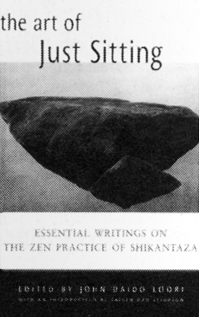 The Art of Just Sitting:
The Art of Just Sitting:
Essential Writings on the Zen Practice of Shikantaza
John Daido Loori, ed.
Boston: Wisdom Publications, 2002
256 pp.; $16.95 (cloth)
“Just sit” is one of the most commonly heard—and least understood—phrases associated with Zen Buddhism. And yet “just sitting,” or shikantaza—along with koan practice—is one of the two primary methods of Zen meditation. Zen master John Daido Loori brings together teachings of some of the most prominent ancient and modern teachers, including Dogen Zenji, Shunryu Suzuki, Sheng-yen, and Hakuyu Taizan Maezumi. The book also includes an appendix of foundational texts relating to the practice of shikantaza.
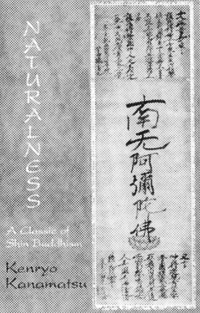 Naturalness:
Naturalness:
A Classic of Shin Buddhism
Kenryo Kanamatsu
Bloomington: World Wisdom 2002
152 pp.; $12.95 (paper)
Written in 1949, Kanamatsu’s Naturalness has become a classic introduction to Shin Buddhism as well as a meditation on the relationship between man and Amida Buddha. In the Shinshu faith, holy freedom—or naturalness—arises when man unites with Buddha-nature in everyday life, and through this union experiences the saving will of the Great Compassionate One. From this experience a freedom arises that transcends the ego and is the source of true compassion. Kanamatsu explains these essential beliefs through the stories of Amida Buddha’s mythic vows, with references to classic Shin texts.
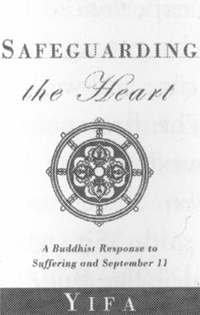 Safeguarding the Heart:
Safeguarding the Heart:
A Buddhist Response to Suffering and September 11
Yifa
New York: Lantern Books 2002
144 pp.; $12.00 (paper)
Many people wonder how religion can respond to horrific events such as those of September 11. Here, Buddhist nun Venerable Yifa explains what the tenets of suffering, impermanence, and interconnectedness can teach us about the occurrences of that day. In the first part of the book, Yifa outlines the Buddhist perspective on suffering, justice, good and evil, and why some people die while others live. In the second part, Yifa broadens her discussion to offer advice on safeguarding the heart—both our own and others’—in the face of suffering.
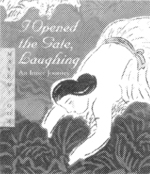 I Opened the Gate, Laughing An Inner Journey
I Opened the Gate, Laughing An Inner Journey
Mayumi Oda
San Francisco: Chronicle, 2001
96 pp.; $16.95 (cloth)
Here is a book for anyone who has ever sought spiritual growth through gardening, Buddhism, or artistic expression. Escaping a crumbling marriage and the constraints of her traditional Japanese upbringing, artist Mayumi Oda decides to return to her Zen Buddhist heritage at Green Gulch Farm in Northern California. Through the practices of gardening and meditation, she discovers a newfound peace and creative spirit. Part coffee-table book and part bedside companion, the full-color volume is lushly illustrated with Oda’s signature renderings of vegetables and goddesses.
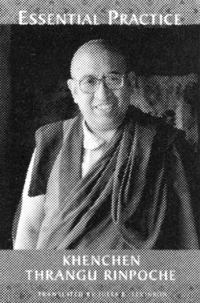 Essential Practice:
Essential Practice:
Lectures on Kamalashila’s Stages of Meditation in the Middle Way School
Khenchen Thrangu Rinpoche
Ithaca, NY: Snow Lion, 2002
155 pp.; $14.95 (paper)
This book presents a compilation of the Ven. Thrangu Rinpoche’s 1998 lectures on the Indian master Kamalashila’s treatises, delivered at the Naropa Institute in Boulder, Colorado. He chooses to focus upon the themes of the treatises rather than commenting more specifically on the language. Included in the lectures are discussions of compassion, altruism, calm abiding, and insight. The result is an accessible delineation of a bodhisattva’s view, meditation, and conduct.
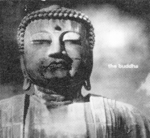 The Buddha
The Buddha
Tom Morgan, ed.
Photographs by Glen Allison
Novato, CA: New World Library, 2002
144 pp.; $29.95 (cloth)
This “visual biography” gathers writings and photographs of the Buddha and Buddhism from around the world. Included are excerpts from the Dhammapada and Jataka tales, modern literature, biography, and an account of a death-row prisoner who found salvation in Buddhism. Among the contributors are such luminaries as Walpola Rahula, Herman Hesse, Karen Armstrong, Jack Kerouac, and Robert Thurman. Glen Allison’s full-color photographs document thangkas, sculptures, temples, and tourist sites.
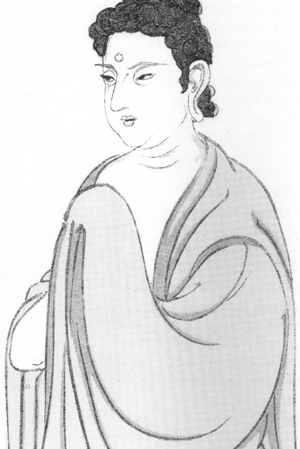
 Himalayan Odyssey
Himalayan Odyssey
Photographs by David Samuel Robbins
Seattle: A. D. Editions, Inc.
128 pp.; $65.00 (cloth)
Each of David Samuel Robbins’s full-color portrait occupies a spread of its own, providing a window into an intimate, accessible moment of daily life. Rather than exoticizing his subjects, Robbins allows viewers to experience the rhythm and color of this region, whether through a row of decaying family photographs, porters smoking on a mountain pass, or footprints embedded in a wooden floor from fifty years of prostrations. This album presents a documentary not only of Robbins’s journey but of cultures in flux between tradition and modernity
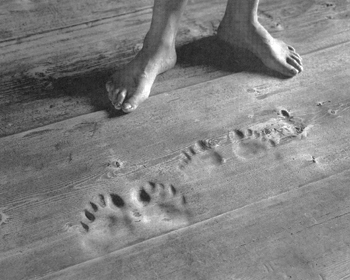
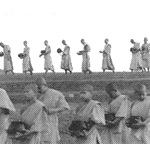 Visions of Buddhist Life
Visions of Buddhist Life
Don Farber
Berkeley: University of California Press, 2002
240 pp.; $39.95 (cloth)
Known for his documentary photography of Buddhist life around the world, Don Farber brings together his best work to date in this volume. The full-color photographs take viewers on a journey from Los Angeles streets to Asia, and are accompanied by detailed captions. They depict moments of noise and silence, of stillness and motion, of landscape and interior, of devotion and play. Also included are Farber’s portraits of such venerable Buddhist teachers as Thich Nhat Hanh, the Dalai Lama, and Kalu Rinpoche.
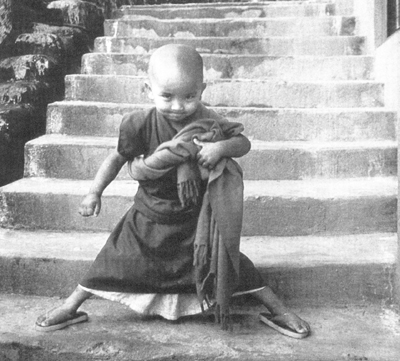
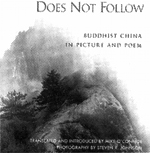 Where the World Does Not Follow:
Where the World Does Not Follow:
Buddhist China in Picture and Poem
Mike O’Connor, ed.
Photographs by Steven R. Johnson
Boston: Widsom Publications, 2002
128 pp.; $25.95 (paper)
Through poems and black-and-white photographs, O’Connor and Johnson provide dual glimpses of Buddhist culture in ancient and modern China. Poems by Zen and Taoist hermit-sages of the T’ang Dynasty are presented in Chinese characters alongside their English translations. Photographs of the landscape and people of modern China complement the ancient poetry in juxtapositions both surprising and literal. From a row of teacups to misty cliffs to a hermit’s retreat, here is a literary and visual tribute to a land where religion and daily life are inseparable. ▼
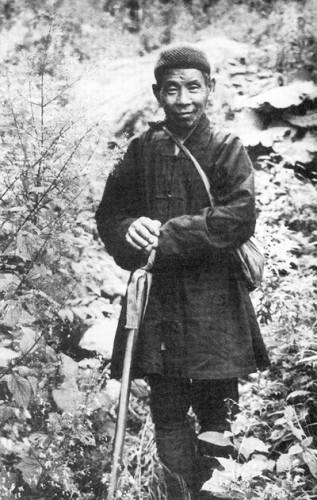 Poem:
Poem:
You’ve arrived
from my hometown,
and must know
of its affairs.
When you departed,
was the winter plum
by the silk-framed windows
blooming?
—Wang Wei (701-761)